Afton Chemical
Industrial IoT Technologies Leading to Engaged, Optimized, and Profitable Customer Relationships
Introduction by Phil Rohrer, Senior Marketing Manager-Industrial, Afton Chemical Corporation | TLT CMF Plus November 2021
Article by Stephen Steen, Vice President – Industrial IoT, Poseidon Systems, LLC
Introduction
In this article Afton Chemical’s Key Driver Seminar guest speaker from Poseidon Systems discusses how the Industrial Internet of Things is ushering in a new era in manufacturing– one that is centered around using data to create actionable insights that grow competitive advantage. This is creating opportunities for new business models as we engage end-user customers, providing lubricants, lubrication services, and overall improvement in productivity, reliability, and efficiency.
For more information about how Afton additives can help you provide differentiated solutions, contact your Afton representative at www.AftonChemical.com/contact.
Industrial Internet of Things
Industrial Internet of Things (IIoT) has been around since 1968, ever since the advent of the Programmable Logic Controllers (PLC), predating the current terms of IoT and IIoT. Initially, only connecting a few sensors to a command/control center for overall monitoring, IIoT has grown to billions of industrial devices connected to a network, sharing data. In contrast, IoT is consumer-focused, usually for fun or convenience (house automation or smartwatches). IIoT is focused on cost savings and efficiency improvements for industrial equipment and has been in place as a concept for over 50 years. Today, most companies have some form of IIoT implemented, moving from the early days of a few million devices globally to billions of devices. Lubrication suppliers play an essential role in implementing a successful oil IIoT program.
While many components go into an IIoT system, most are necessary evils to move the appropriate data to a system that can create value. In Exhibit 1, you can see different layers of technology that comprise the IIoT infrastructure. At each stage, lubrication professionals can identify essential assets and most critical lubricants to monitor to provide the necessary insight within the Analytics and Alarming layer.
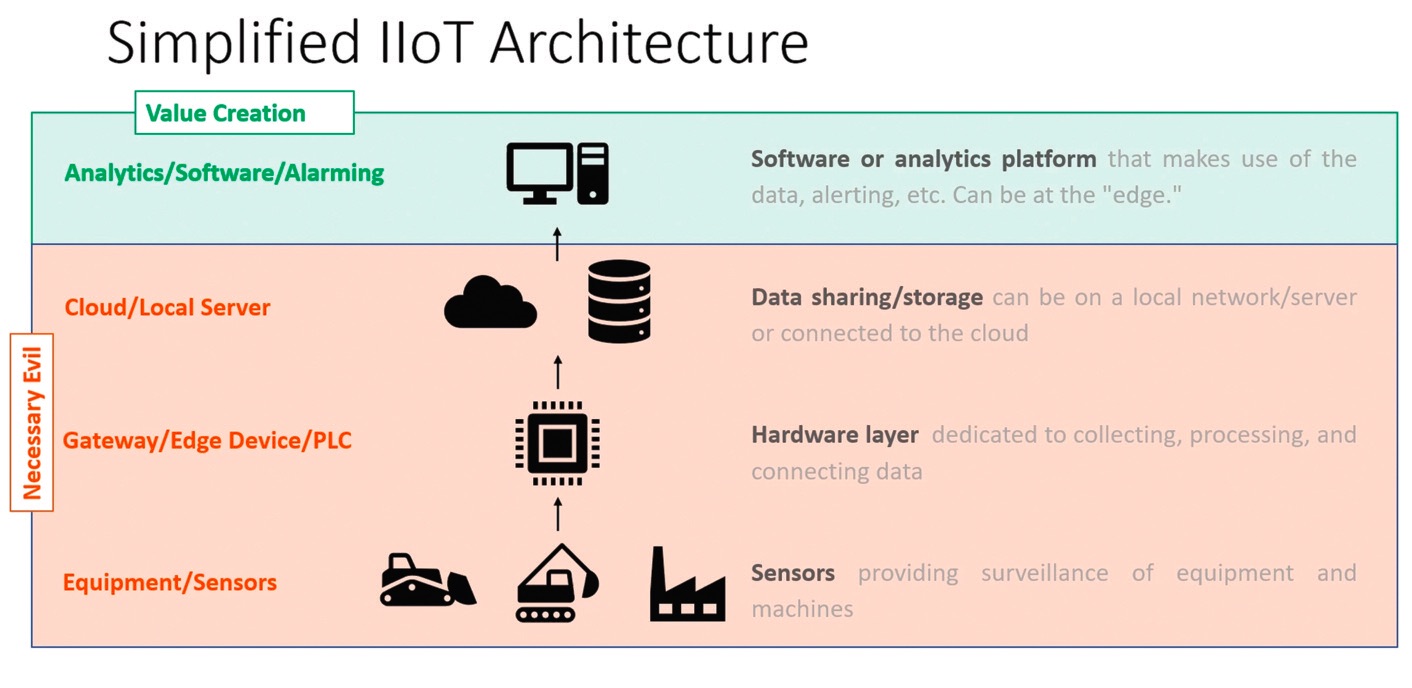 Exhibit 1. Simplified IIoT Architecture
IIoT in Oil Condition Monitoring
Oil condition is critical to the health of an as set. If machinery is not maintained properly, it can lead to costly damage to the equipment and reduce its overall useful life. We define preventative maintenance as “maintenance performed economically to prevent equipment breakdowns before they occur, shifting the greater portion of maintenance work to a planned basis.” According to Plant Engineering’s 2017 Maintenance Report, 69% of respondents have decreased downtime with a preventative maintenance program, while 66% report a reduced probability of equipment failure, 63% experienced improved overall equipment effectiveness, and 62% have improved their plant’s safety.
By providing IIoT solutions for oil condition, we can catch contamination and other events before severe damage that routine oil sampling may take too long to notice. IIoT oil condition systems create a lot of end value for preventative maintenance programs.
1. Always On allows for the detection of faults earlier
2. Enables Proactive Maintenance by catching conditions before they cause damage
3. Repeatability of consistent data due to less human error and better correlation with machinery operation and other variables
4. Safety increases due to reduced personnel near the equipment
5. Remote Locations require fewer visitations
6. Reduced Dependency on lab analysis allows for periodic oil sampling and tells you things that lab analysis does not
Exhibit 2 shows a sample timeline of traditional offline lab sample-only programs that are routine for many applications. Because of the inherent lag between samples and results, infrequent sampling practices, and other challenges, issues with oil often go unnoticed or missed, especially in rapidly progressing faults.
Exhibit 1. Simplified IIoT Architecture
IIoT in Oil Condition Monitoring
Oil condition is critical to the health of an as set. If machinery is not maintained properly, it can lead to costly damage to the equipment and reduce its overall useful life. We define preventative maintenance as “maintenance performed economically to prevent equipment breakdowns before they occur, shifting the greater portion of maintenance work to a planned basis.” According to Plant Engineering’s 2017 Maintenance Report, 69% of respondents have decreased downtime with a preventative maintenance program, while 66% report a reduced probability of equipment failure, 63% experienced improved overall equipment effectiveness, and 62% have improved their plant’s safety.
By providing IIoT solutions for oil condition, we can catch contamination and other events before severe damage that routine oil sampling may take too long to notice. IIoT oil condition systems create a lot of end value for preventative maintenance programs.
1. Always On allows for the detection of faults earlier
2. Enables Proactive Maintenance by catching conditions before they cause damage
3. Repeatability of consistent data due to less human error and better correlation with machinery operation and other variables
4. Safety increases due to reduced personnel near the equipment
5. Remote Locations require fewer visitations
6. Reduced Dependency on lab analysis allows for periodic oil sampling and tells you things that lab analysis does not
Exhibit 2 shows a sample timeline of traditional offline lab sample-only programs that are routine for many applications. Because of the inherent lag between samples and results, infrequent sampling practices, and other challenges, issues with oil often go unnoticed or missed, especially in rapidly progressing faults.
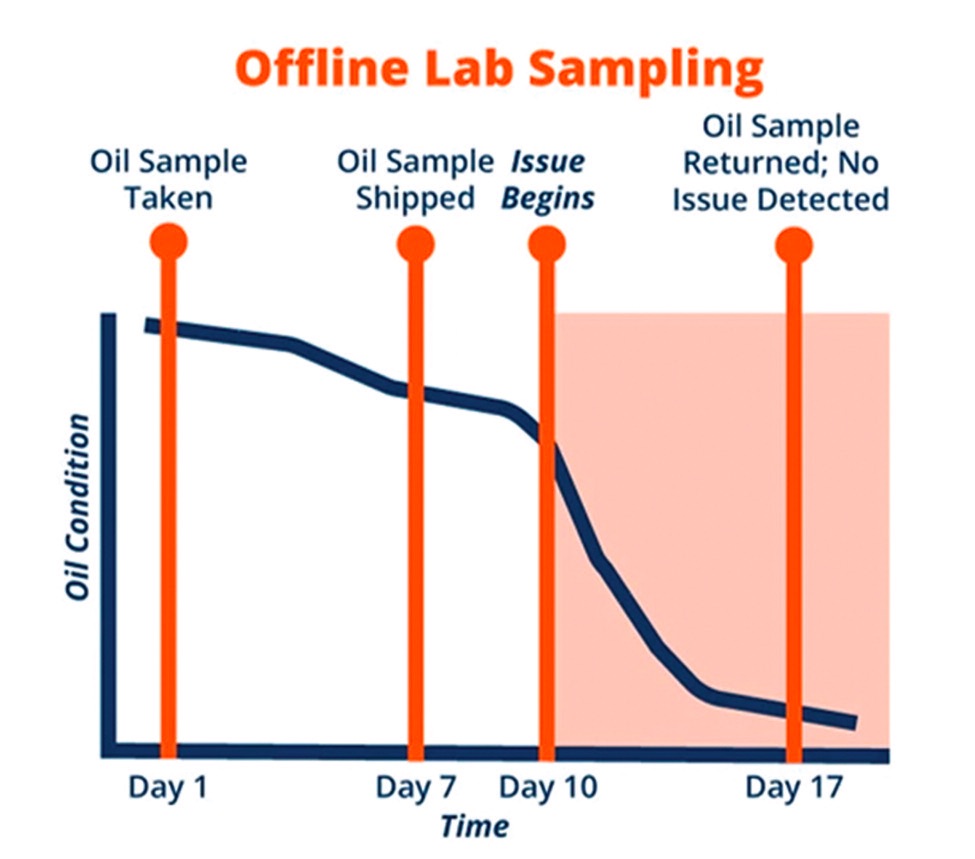 Exhibit 2. Example Timeline of Offline Lab Only Programs
In Exhibit 3, we can see the benefit of immediately capturing the events leading to oil contamination or other issues. With real time sensors to detect the changes in oil condition, preventative maintenance can be performed to eliminate the issue and prevent damage to equipment.
Exhibit 2. Example Timeline of Offline Lab Only Programs
In Exhibit 3, we can see the benefit of immediately capturing the events leading to oil contamination or other issues. With real time sensors to detect the changes in oil condition, preventative maintenance can be performed to eliminate the issue and prevent damage to equipment.
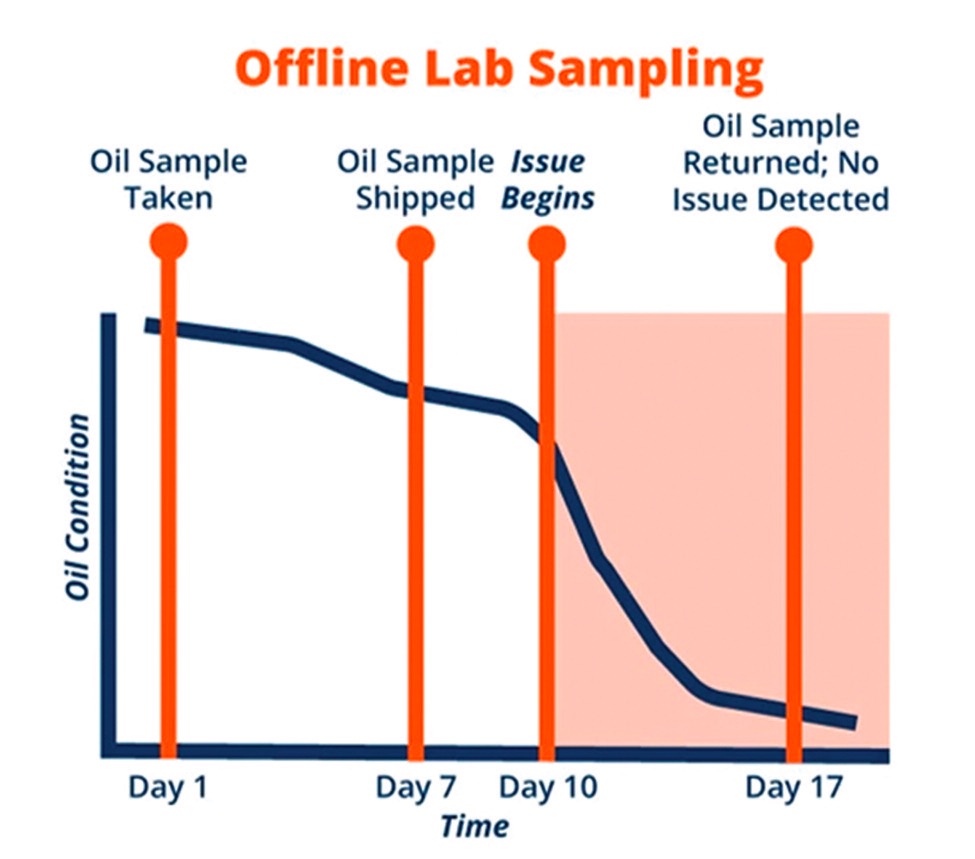 Exhibit 3. Example Timeline of Program using Online Oil Sensors
Common Definitions and System Overview
• Gateway or Edge Device: device that receives and transmits data as an access point to network
• Telematics: device capable of long-range communication
• PLC: Programmable Logic Controller, a ruggedized computer used for automation
• Big Data: large volumes of data pooled together from many sources
• Cloud Computing: remote servers used for storing and processing data (non-local)
• Edge Computing: local, real-time processing of data
• Condition Monitoring: process of monitoring indications of failures or breakdown
• Digital Twin: virtual model of a process, physical asset, etc.
• Machine Learning (ML): subset of AI that automates the building of mathematical models
• Artificial Intelligence (AI): simulation of human intelligence in machines
Example Coolant Leak Detection
In Exhibit 4, the oil degradation levels in the wheel loader were normal for months before a contamination event. When the IIoT system detected an abnormal slope in oil condition, it alarmed the operator of a potential problem, prompting an investigation that revealed the coolant leak.
Exhibit 3. Example Timeline of Program using Online Oil Sensors
Common Definitions and System Overview
• Gateway or Edge Device: device that receives and transmits data as an access point to network
• Telematics: device capable of long-range communication
• PLC: Programmable Logic Controller, a ruggedized computer used for automation
• Big Data: large volumes of data pooled together from many sources
• Cloud Computing: remote servers used for storing and processing data (non-local)
• Edge Computing: local, real-time processing of data
• Condition Monitoring: process of monitoring indications of failures or breakdown
• Digital Twin: virtual model of a process, physical asset, etc.
• Machine Learning (ML): subset of AI that automates the building of mathematical models
• Artificial Intelligence (AI): simulation of human intelligence in machines
Example Coolant Leak Detection
In Exhibit 4, the oil degradation levels in the wheel loader were normal for months before a contamination event. When the IIoT system detected an abnormal slope in oil condition, it alarmed the operator of a potential problem, prompting an investigation that revealed the coolant leak.
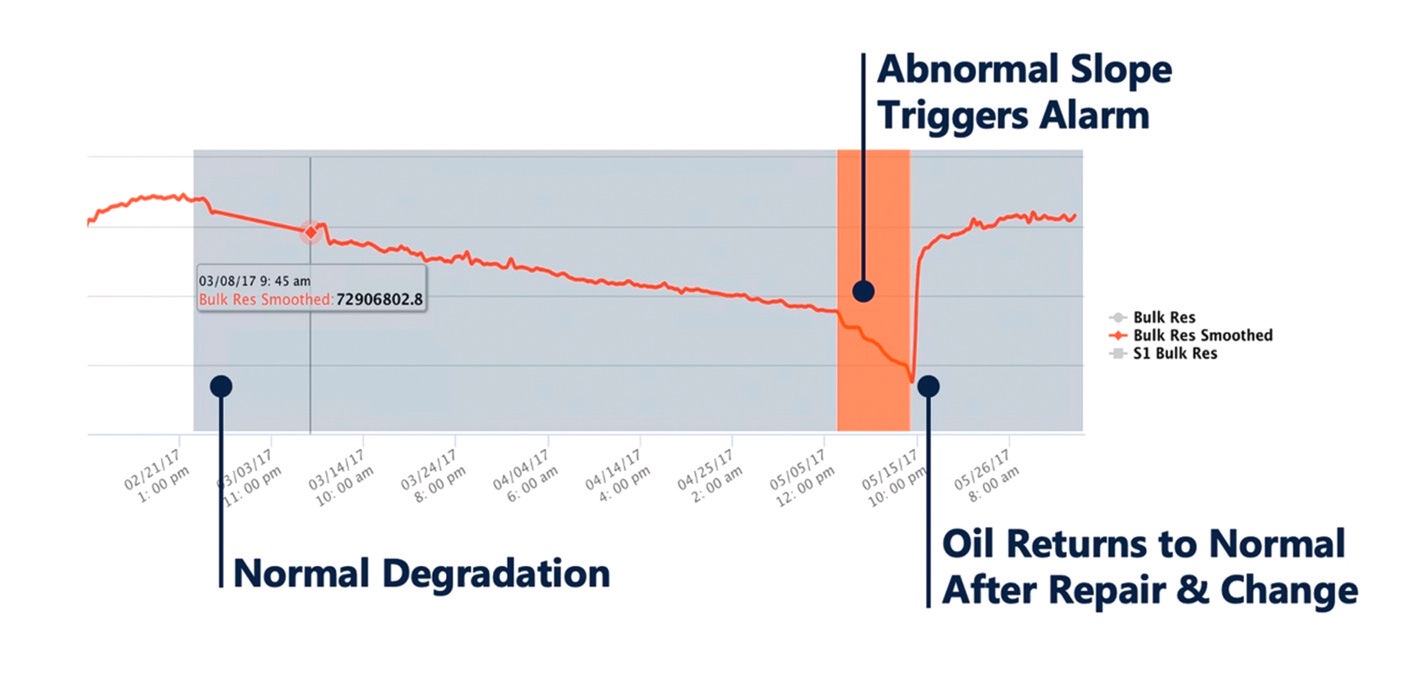 Exhibit 4. Example Oil Condition Detection of Coolant Leak
The immediate detection enabled by online oil monitoring and Electrochemical Impedance Spectroscopy (EIS) technology allowed the operator to investigate the reason for the rapid decrease of remaining oil life and find the root cause. This resulted in a quick response, low-cost corrective action, and prevented extensive future secondary damage to the equipment. If the company had been using offline oil analysis, they would not have discovered this fault until the next quarterly oil inspection results came back or catastrophic failure occurred. The IIoT oil condition monitoring system found the issue immediately, saved direct repair costs, and decreased downtime.
Example Water Ingress Detection
In Exhibit 5, the Relative Humidity (RH) readings went to 100% immediately upon return to service following the regular oil change. As the gearbox was in operation, the correlation between water-in-oil and gearbox wear was significant, with wear rates immediately rising due to water ingress. Upon detection, operators were notified, and oil was flushed. Post flush, RH came down (and continues to drop) along with the amount of damage being done to the gearbox.
Exhibit 4. Example Oil Condition Detection of Coolant Leak
The immediate detection enabled by online oil monitoring and Electrochemical Impedance Spectroscopy (EIS) technology allowed the operator to investigate the reason for the rapid decrease of remaining oil life and find the root cause. This resulted in a quick response, low-cost corrective action, and prevented extensive future secondary damage to the equipment. If the company had been using offline oil analysis, they would not have discovered this fault until the next quarterly oil inspection results came back or catastrophic failure occurred. The IIoT oil condition monitoring system found the issue immediately, saved direct repair costs, and decreased downtime.
Example Water Ingress Detection
In Exhibit 5, the Relative Humidity (RH) readings went to 100% immediately upon return to service following the regular oil change. As the gearbox was in operation, the correlation between water-in-oil and gearbox wear was significant, with wear rates immediately rising due to water ingress. Upon detection, operators were notified, and oil was flushed. Post flush, RH came down (and continues to drop) along with the amount of damage being done to the gearbox.
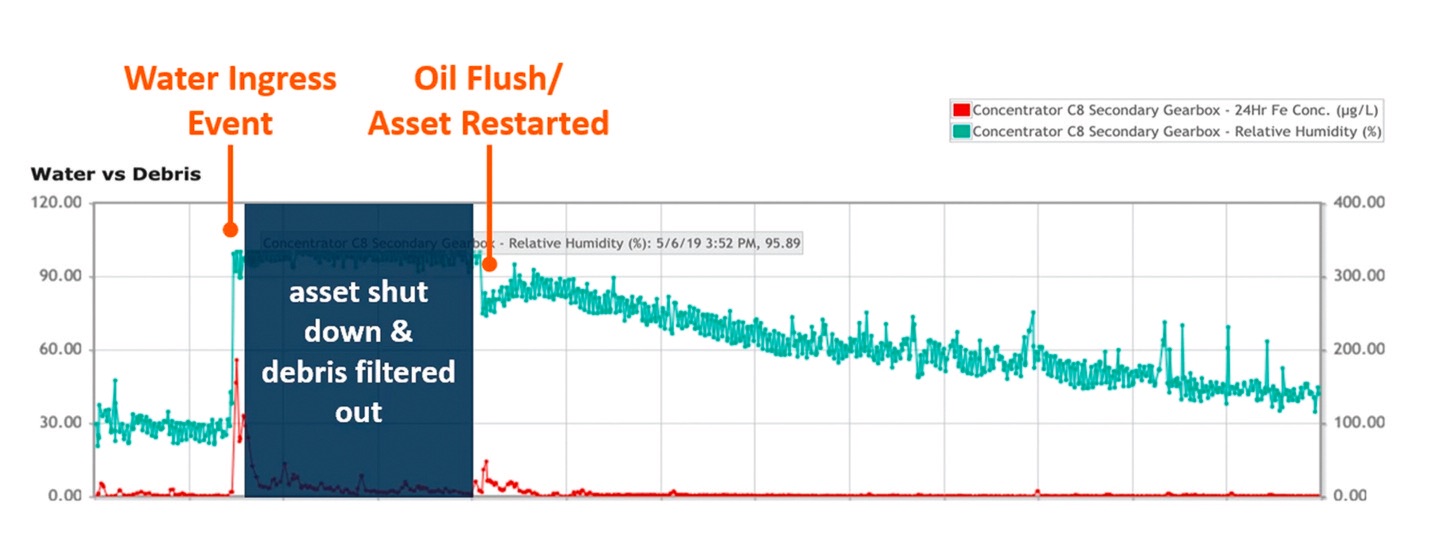 Exhibit 5. Example Oil Condition Detection of Water Ingress
Typically, no one would question the quality of the new oil (at least to this extent) but having an online oil-quality monitoring system allowed for immediate notification of the preventable condition. Had this not been discovered early, it could lead to the water eventually separating and settling at the bottom of the sump. This causes many challenges in removing the water, as typical approaches using desiccant breathers, for example, won’t allow the water trapped at the bottom of the sump to escape.
The State of IIoT Adoption
Online sensing technology has been the norm for a long time, from temperatures to flow rates. The type of sensing technology and industry are what dictate the level of adoption. Currently, while becoming more widely used, oil-based IIoT systems are a laggard.
Why is this?
• Sensors matter! Early sensors underdelivered. Newer sensor technology is unlocking the value promises made by early sensor technology.
• Value creation is improving. Data platforms and analysis (AI, ML) are helping to increase the value created from the improved dataset from sensors.
• Cost reduction. Overall, systems are up to 50% lower than 10 years ago.
• Access to higher-speed internet. Higher-speed cellular and wired internet access allow for more data points to be taken to improve data quality.
Exhibit 5. Example Oil Condition Detection of Water Ingress
Typically, no one would question the quality of the new oil (at least to this extent) but having an online oil-quality monitoring system allowed for immediate notification of the preventable condition. Had this not been discovered early, it could lead to the water eventually separating and settling at the bottom of the sump. This causes many challenges in removing the water, as typical approaches using desiccant breathers, for example, won’t allow the water trapped at the bottom of the sump to escape.
The State of IIoT Adoption
Online sensing technology has been the norm for a long time, from temperatures to flow rates. The type of sensing technology and industry are what dictate the level of adoption. Currently, while becoming more widely used, oil-based IIoT systems are a laggard.
Why is this?
• Sensors matter! Early sensors underdelivered. Newer sensor technology is unlocking the value promises made by early sensor technology.
• Value creation is improving. Data platforms and analysis (AI, ML) are helping to increase the value created from the improved dataset from sensors.
• Cost reduction. Overall, systems are up to 50% lower than 10 years ago.
• Access to higher-speed internet. Higher-speed cellular and wired internet access allow for more data points to be taken to improve data quality.
The Future of IIoT
While oil-based IIoT solutions have come a long way, there are still many exciting things ahead that will improve overall access to better data and better value creation tools. Lubrication suppliers are taking a more active role in the selection of sensor technology and guiding the development. This helps ensure the right data are collected for analysis.
New communications protocols are being implemented to provide better connectivity in a wider set of locations. 5G, LoRaWAN, Wifi6, etc., all bring faster speeds and are implementing better security layers built in. Along with that, more processing is being done via edge computing, taking value creation from the cloud directly onsite for faster processing and reaction time.
As big data integrates more and more data from different data sets, the ability to create value increases. Paired with new analytics methods, AI/ML, and integration with CMMS systems, the future of IIoT within oil condition monitoring only gets better.
Lubrication Suppliers are Key participants in the IIoT Value Chain
While experts in software and electronics have dominated IIoT systems, the real value creation is not from collecting the data but from turning the data into actionable cost-saving actions. Lubrication suppliers are the experts in lubricant performance in diverse equipment and conditions, meaning their knowledge is key in many areas such as:
1. Sensor Improvement lubrications suppliers have an insight into what needs to be monitored for proper lubrication; feedback to sensor suppliers is critical
2. Sensor Selection lubrications suppliers have an insight into what needs to be monitored for proper lubrication; what sensors for each application?
3. Analysis of Data lubrication suppliers have insight into the system and the lubricant; what are the data telling us for this application and this use case?
4. Identifying Solutions after the issue is identified. What is the right solution? Top-off, drain, or different lubricant?
5. Accelerate Adoption lubrication suppliers are trusted advisors; operators are willing to do a small deployment based on their advice.
Because of their expertise and influence in overall predictive maintenance programs, lubrication suppliers play a critical role in justifying IIoT business cases and implementing and optimizing IIoT systems.
There is no better time to implement real-time condition monitoring than now.